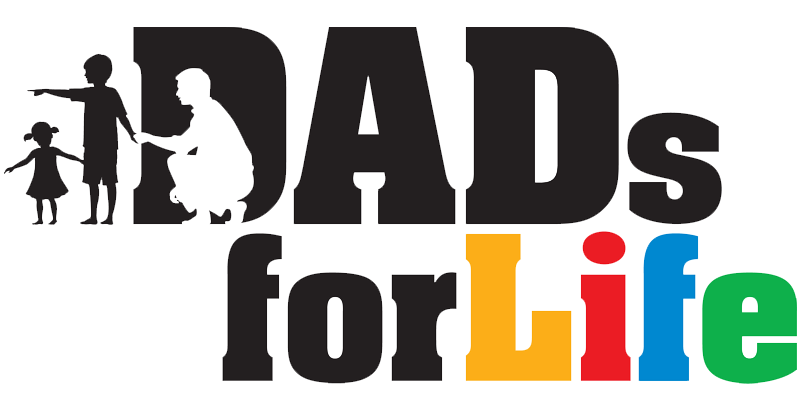Padilla-Walker, L.M. & Coyne, S.M. (2011). “Turn that thing off!”: Parent and adolescent predictors of proactive media monitoring. Journal of Adolescence, 34(4).
Background
 Parents are typically wary that the media may influence their children’s values and behaviours in ways that are inconsistent with their own aspirations for their children. This is especially true for fathers who often see themselves as being responsible for the discipline and conduct of their children. To that end, mothers and fathers are increasingly engaged in proactive media monitoring to limit their children’s exposure to negative content in the media.
Parents are typically wary that the media may influence their children’s values and behaviours in ways that are inconsistent with their own aspirations for their children. This is especially true for fathers who often see themselves as being responsible for the discipline and conduct of their children. To that end, mothers and fathers are increasingly engaged in proactive media monitoring to limit their children’s exposure to negative content in the media.
The three components of monitoring the study examined are prearming, cocooning, and deference.
- Prearming involves encouraging parent-child discussion on media content to help children think critically about their media experiences. Examples include discussions of why some content might be positive or negative, how realistic portrayals are to real life, and why certain characters act the way they do.
- Cocooning involves parental effort to restrict certain media in the home. Strategies include making rules about content viewed, and avoiding the placement of a TV in bedrooms, for example.
- Deference involves parents actively choosing not to do anything in response to potentially conflicting values, as a means of displaying trust in their children, especially when they are older.
About the study
This study examined how parent and child factors predicted the three types of media monitoring. Parent variables surveyed included parent-child connection, parenting styles, and parent regulation of children’s media use. Child variables surveyed included self-regulation, media use, gender and age.
Methodology
Participants for the study consisted of 478 families who completed parenting and media questionnaires at two time-points approximately one year apart. There were 154 single-parent and 324 two-parent families.
Key Findings
1) Higher parental emphasis on rules (regulation) and parent-child connection are associated with increased levels of prearming
Parents who show high levels of regulation tend to create and enforce rules as a means to engender appropriate behaviour in their children. Within this context, the regulation also provides more avenues for parents to engage in explanation and discussion with their children.
Similarly, stronger parent-child connections imply a natural openness on the part of parents to take time to discuss the issue of media content and use with their adolescents. At the same time, higher parent-child connection encourages greater disclosure by the adolescent about media use, as a starting point for discussion.
2) Higher parental emphasis on rules (regulation) was associated with higher levels of cocooning.
Not surprisingly, parents who make rules in other contexts and feel that adherence to rules is important are more likely to establish rules for their children around media time and content as well.
3) Parents who prioritise their children’s autonomy during adolescence show higher levels of deference to children’s media use.
While the tendency is to view deference as indicative of neglectful parenting, the findings suggest that proactive deference more clearly represents parents’ attempts to allow the child to make his or her own choices and to engender greater parental trust in the adolescents’ decision making.
4) Mothers report prearming and cocooning more often than fathers.
These findings indicate that mothers are generally more involved than fathers in media monitoring, which may be a function of their greater presence at home. It should be pointed out, though, that the general pattern of results revealed very few differences between mothers and fathers in terms of proactive monitoring.
5) Adolescents who reported higher self-regulation, media use, and age were exposed to lower levels of parental cocooning.
The findings reveal that adolescents’ increased age and capacity for self-regulation and increasing use of media lowered parental use of cocooning strategies.
This suggests that parents were more likely to withdraw media control mechanisms as their children grew older and demonstrated greater maturity, given higher levels of trust in their children’s abilities to make more sound decisions. At the same time, it is possible that adolescents’ increasing media use simply made the situation more difficult to monitor.
Overall, the survey found that parents tended to be more concerned about boys’ media use than girls’.
Implications
The finding indicating that mothers are more involved in proactive media monitoring suggests room for fathers to do more to help adolescents be aware of the dangers of media content; to restrict their adolescents’ access to the internet; and yet, to keep a safe distance that would allow their adolescents to acquire critical thinking skills to make good decisions regarding their cyber habits.
Indeed, a combination of prearming, cocooning and deference strategies is helpful in promoting cyber wellness among children. The challenge for mothers and fathers, then, is to find ways to incorporate elements of these strategies.
For instance, fathers who tend to allow their adolescents autonomy in decision-making when it comes to cyber habits may want to take a more proactive interest in discussing their expectations with their children. On the other hand, fathers who heavily emphasise the need for rules could make more space for deference strategies so that their adolescents can learn to make good cyber decisions for themselves.
About the Author: The Dads for Life Resource Team comprises local content writers and experts, including psychologists,counsellors, educators and social service professionals, dedicated to developing useful resources for dads.
First published on 10-04-2013.
